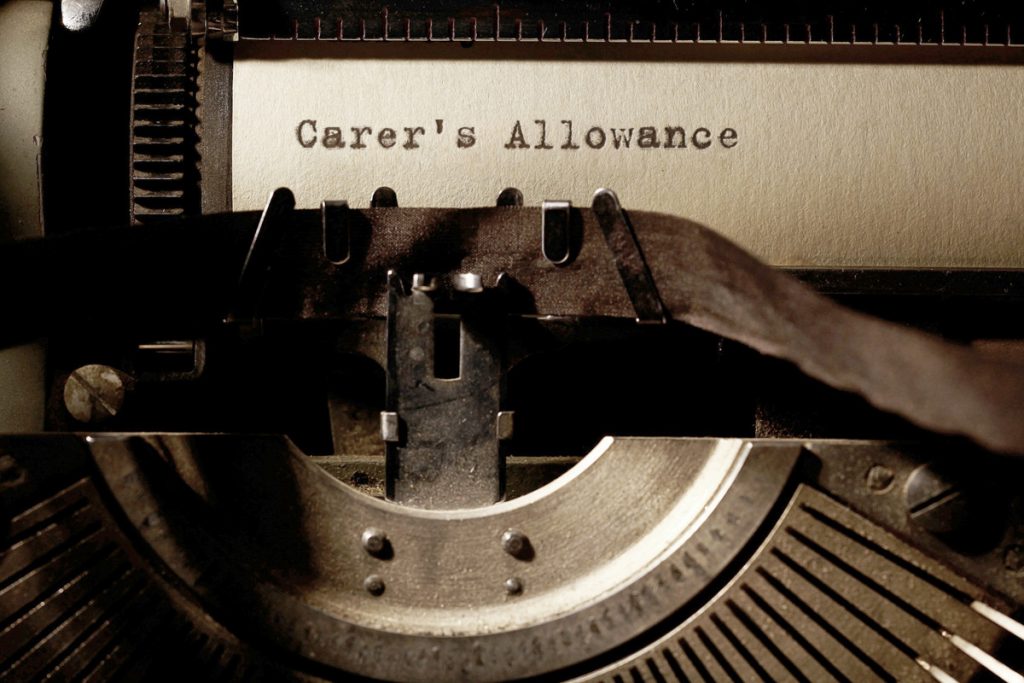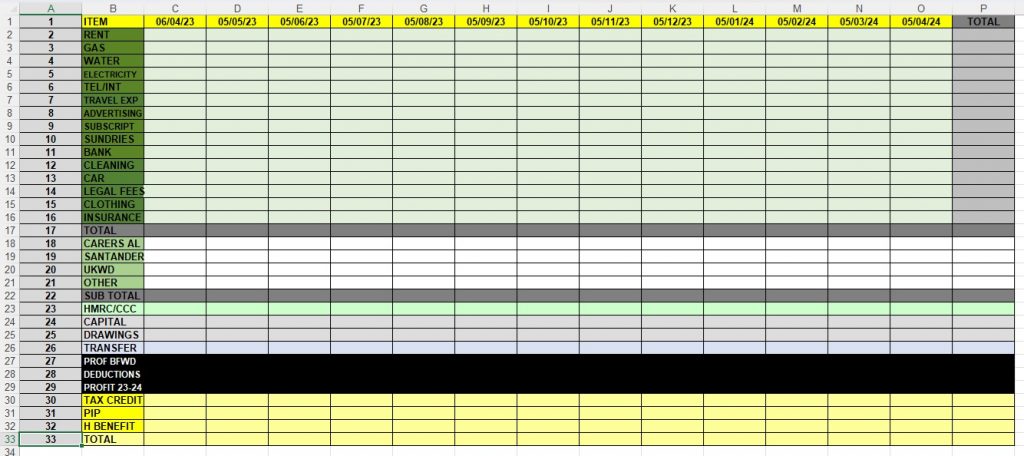
Reforming Carer’s Allowance: A Case for Treating It as Self-Employment
The Department for Work and Pensions (DWP) has recently warned around 130,000 recipients of Carer’s Allowance that they may need to repay funds due to £250 million in overpayments. This situation highlights significant issues in the current system, where recipients can inadvertently exceed earnings thresholds, leading to unintended overpayments that the DWP seeks to recover sometimes years later (Committees Parliament) (Carers UK).
Carer’s Allowance provides financial support to individuals who care for someone for at least 35 hours a week. However, the benefit has a strict earnings threshold, which, if exceeded, results in the loss of the allowance. This system’s rigidity often leads to overpayments when carers unknowingly surpass the threshold, possibly due to small pay rises or additional work (Committees Parliament) (Carers UK).
One potential solution to prevent these overpayments is to treat the Carer’s Allowance as self-employment income. This approach would require carers to complete self-assessment forms to declare their earnings annually, similar to other self-employed individuals. Implementing a self-assessment system could help ensure that carers report their income accurately, reducing the likelihood of overpayments and subsequent demands for repayment (Yahoo News) (Carers UK).
A self-assessment model could offer several benefits:
- Accuracy: Regular reporting of income through self-assessment forms would allow carers to track their earnings more precisely and adjust their Carer’s Allowance claims accordingly.
- Transparency: Carers would have clear documentation of their earnings and allowances, making it easier to manage their finances and avoid unexpected overpayment notices.
- Reduced Administrative Burden: For the DWP, a shift to self-assessment could streamline the process of verifying income, as carers would already provide detailed earnings information, reducing the need for retrospective investigations and recoveries.
This change would align with the principles of other benefit systems, such as Universal Credit, which already uses a tapering approach to gradually reduce benefits as earnings increase, rather than imposing a strict cut-off (Committees Parliament) (Carers UK).
Keeping Track of Earnings and Expenses: A Crucial Practice for Carers
Carer’s Allowance is a vital benefit for those who provide significant care to others, offering financial support to individuals who dedicate at least 35 hours a week to caring for someone. However, managing this benefit comes with challenges, particularly when it comes to ensuring that earnings remain within the allowable threshold to prevent overpayments. The recent warning from the Department for Work and Pensions (DWP) to approximately 130,000 carers about potential repayments due to overpayments highlights the importance of meticulous financial record-keeping (Committees Parliament) (Carers UK).
While carers are not currently required to complete self-assessment forms, it is prudent for them to keep detailed records of their earnings and expenses. An Excel spreadsheet can serve as an effective tool for this purpose. By regularly updating this spreadsheet with all incoming funds, outgoing expenses, and benefits received, carers can maintain a clear picture of their financial situation, thereby minimizing the risk of exceeding the earnings threshold and facing unexpected repayments.

If you want the spreadsheet template, just download it using the button below.
**Disclaimer**
We are not accountants but we use this template for our bookkeeping!
This Book-Keeping Excel Spreadsheet can be customized to your overheads. Once you have completed the spreadsheet it is best to save it as a PDF. You must provide bank statements to prove your incomings and outgoings. To learn what you can claim for as an expense is best to visit the government website.
- Claim tax relief for your job expenses: Overview – GOV.UK (www.gov.uk)
- Contact the Carer’s Allowance Unit – GOV.UK (www.gov.uk)
Benefits of Maintaining Financial Records
- Accuracy and Clarity: By consistently recording all financial transactions, carers can ensure that their earnings are accurately tracked. This helps in staying within the Carer’s Allowance earnings limit, thereby avoiding overpayments.
- Transparency: A well-maintained spreadsheet provides a transparent view of the carer’s financial status. This transparency can be crucial when dealing with the DWP, as it provides clear evidence of compliance with earnings regulations.
- Financial Management: Keeping detailed records helps carers better manage their finances. Understanding where money is coming from and where it is going allows for more informed financial decisions.
- Preparedness for Audits: In the event of a DWP audit or review, having a comprehensive record of earnings and expenses can simplify the process, providing clear documentation that can support the carer’s claims.
Setting Up an Effective Financial Spreadsheet
To set up an effective Excel spreadsheet, carers should include the following columns:
- Date: The date of each transaction.
- Description: A brief description of the transaction.
- Income: Any income received, including wages, benefits, and other sources.
- Expenses: All expenses incurred, categorized by type (e.g., groceries, utilities, medical expenses).
- Net Balance: The running total of income minus expenses, providing a clear view of the carer’s financial position.
Additionally, carers should create a section to track the total amount of Carer’s Allowance received, ensuring it remains within the allowable limits.
Practical Tips for Carers
- Regular Updates: Make it a habit to update the spreadsheet regularly, ideally weekly or monthly, to ensure all transactions are recorded promptly.
- Categorization: Use categories to organize allowable expenses, which can help in identifying areas where spending might be reduced.
- Review and Adjust: Periodically review the spreadsheet to ensure that the carer is staying within the earnings limit for Carer’s Allowance. If earnings approach the threshold, consider adjusting work hours or finding other ways to stay compliant.
Conclusion
Although carers are not currently mandated to submit self-assessments, maintaining an accurate record of earnings and expenses is a critical practice. An Excel spreadsheet can serve as an invaluable tool, helping carers manage their finances, avoid overpayments, and provide transparency in their dealings with the DWP. By adopting this proactive approach, carers can ensure they receive the support they are entitled to without the stress of potential financial penalties.
In summary, reclassifying Carer’s Allowance as self-employment and implementing a self-assessment requirement could mitigate the issues of overpayments. It would provide carers with a more manageable and transparent system, ultimately supporting their invaluable contributions without the added stress of financial uncertainty.
Further Reading:
- DWP warns 130,000 people they are going to have to pay money back (msn.com)
- Carer’s Allowance and the earnings limit | Carers UK









